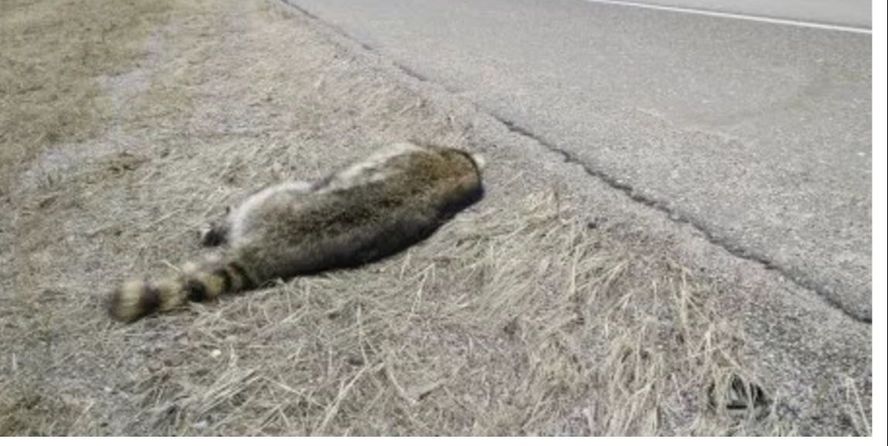
 So on the very last day of school, we finished our models to explain what happens to the body of a dead raccoon over time. Within them, students also connected the ideas behind what actually happens to the bodies of other organisms as they relate to the raccoon, recognizing that matter is never lost, it just goes somewhere else. Check out the students' work below, and although there are still some misconceptions that exist, we're on the right track for sixth grade! Way to go! So while we figured out what plants take in to grow in weight and/or grow new parts (air and water), we're trying to connect all the pieces together. Isolating two organisms that have a relationship, students developed models to explain what happens as one of the organisms is consumed by the other organism. We'll be putting all these organisms together somehow, and ultimately work to answer the question that started this whole phenomenon-based study, "Where does the dead raccoon disappear to?" And we practiced using our Google Drawing skills to show what happens to dead stuff, too!
So our plant experiments are a bust. There's no growing at all, and we know that plants do grow. We figured that the conditions we set up failed to make them grow. It's just too hot in our classroom and soaking the beans to give them the water they need looked like we may have drowned them.
But that's okay! So like any good scientist does, we can depend on the work of other scientists. We watched this video in class to help us better understand where plants get their food from, and ultimately, make them grow bigger! It made us laugh knowing that other people think plants get their food from soil...but we know that's not the case at all!
Mrs. Brinza also developed this model with the class to help understand how plants, along with water and air, have a relationship that helps plants grow.
It's a simplified model for a more complicated process (photosynthesis), but we're not there yet in our understanding. That's for later in middle school! So in the last week of school, there seems to be one big missing piece from understanding where everything "disappears" to and how each organisms eats. And that's plants. What do they eat? How do they eat?
We have some background knowledge on this. And we think that plants need water, sunlight, nutrients, air and soil. We had a bit of a discussion on whether nutrients and soil were the same thing (and we can't really understand what they are or how they're possibly different). We also talked at length about how whatever plants eat must have weight, too, since the only way we've been able to prove so far that something eats something else is because it gains weight. So in the less than 7 days we have left in the school year, we're going to try and figure out some stuff. We set up some pretty rudimentary bean plant experiments. We're going to see how the bean plants grow (or even if they do at all). And we're going to see how the things that we put with the beans create more weight for the beans. We are recognizing that there may be a whole bunch of errors involved in our experiments, like air leaking into the bags, mold growing on the beans because they were pre-soaked, way too hot temperatures (it's like 90 here in Chicago, and we only have one window unit in our classroom that's shut off at the end of the school day). But we're trying to see if the beans gain weight from the other stuff that has weight in the bags.
jars, much of the juice leaked out. Since we didn't see much of a weight change, and our strawberries didn't appear eaten, we're thinking that no really small organisms got in the jars through the glass. Now that we've learned about mold and other types of fungi, we think there must not have been any in the air when we made the Dead Stuff Jars. If we were to do this again, we think we should have used "older" strawberries that maybe could have come in contact with more mold before we seal them up in the jars.
UPDATE: Dead Stuff Columns. Boy, do we have some interesting stuff going on here. First off, practically all of the living organisms we put inside the columns are dead. The crickets and worms, although they got bigger, seemed to run out of food. They're all dead now. Everything is pretty much darker in color and smaller. We even see some new things growing inside, like mold, new plants (were there seeds in the soil?), and algae in the water below. The soil inside looks really rich and dark like the soil we saw from the worms that were eating the dead plant parts form before.
Do fungi have mouths? How exactly do they consume food? Are they more similar to animals and the way they eat? Or are they more similar to the way that plants eat? And we're still not really sure how plants eat, either. More investigating coming our way!
So we've used our Dead Stuff Columns to show us that there is certainly a lot of stuff going on. Our organisms we put in are definitely bigger, and the plant parts we put in are definitely smaller. If the mold and the fruit have a relationship, then do the worms have a relationship with the other plant parts we put in our Dead Stuff Columns?
Mrs. Brinza made us make sure there was some worms in our Dead Stuff Columns when we started way back when. We watched this video to help us develop a model regarding the relationship between dead plant parts and worms...
And then we built this model to show what's happening to the worms and the dead plant parts.
And now we're beginning to think that everything just goes somewhere else because it's eaten by something else. The dead badger was eaten by larva. The larva became bigger and eventually used its food to become new body parts and produce offspring. The raccoon ate berries, nuts and frogs to grow bigger. We eat to become bigger. The worm is eating dead plant parts to become bigger. All of these things produce waste, too, which seems to be eaten by something else too.
So now that we figured out that the white fuzzy stuff must be an organism (it gets bigger as the fruit it grows on gets smaller), we're trying to figure out where everything really goes. If waste is produced by every organism, why is it that we don't see waste everywhere? And we're still curious about what plants eat. Do they eat the waste in the soil? We're certainly curious here in the 5th grade!
Is an organism?!?!?!
And we know this because there's stuff in our dead stuff columns that is getting smaller (and that must mean it's food for the fuzzy stuff). WHAT?!?!?! It doesn't look anything like the animals we know that eat. But it does get bigger. And the fruits are getting smaller. This makes us think...are there lots of other small things that eat stuff? And everything that gets eaten really just goes somewhere else and is the food for something else. Hmmmmm.... IS HAPPENING IN OUR DEAD STUFF COLUMNS? We've got mold everywhere...
We've also got some new plants sprouting... And we've got some new organisms that we haven't seen before popping up! How can we explain these things happening based on everything we've learned?! |
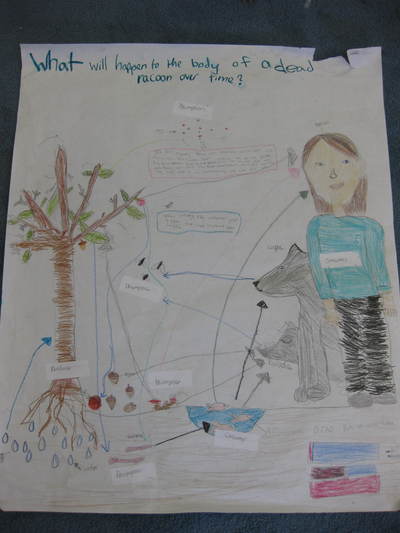
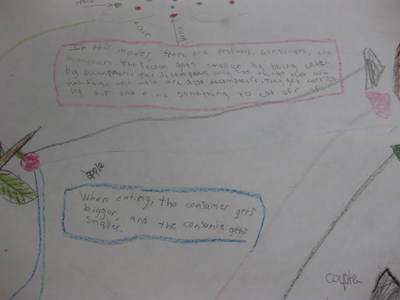
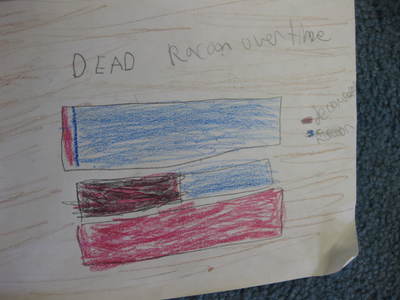
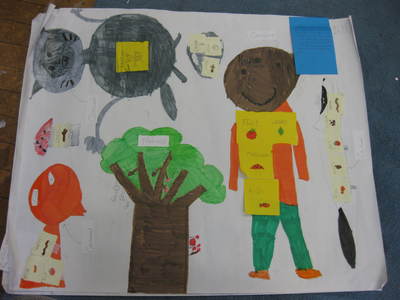
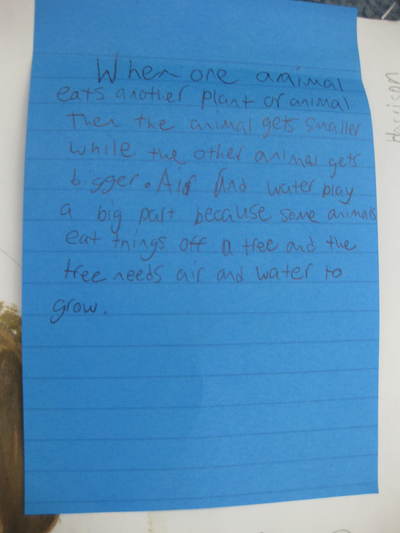
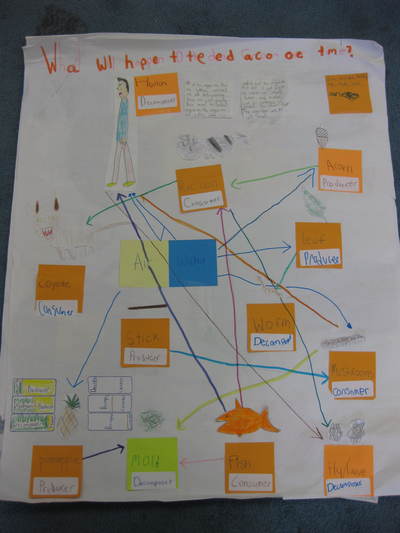
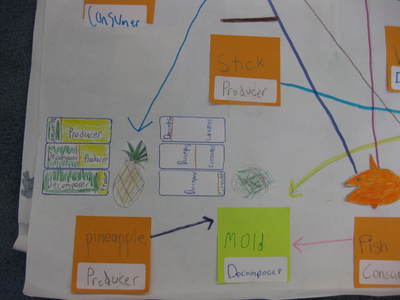
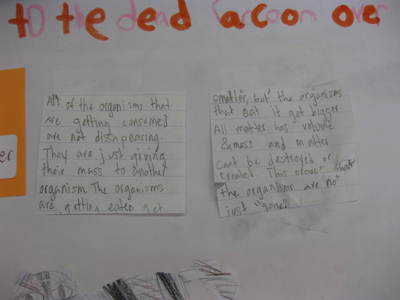
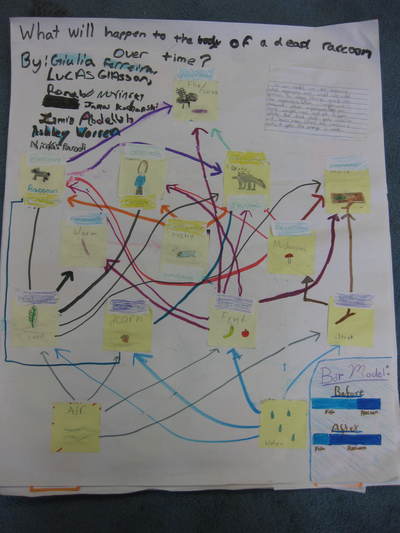
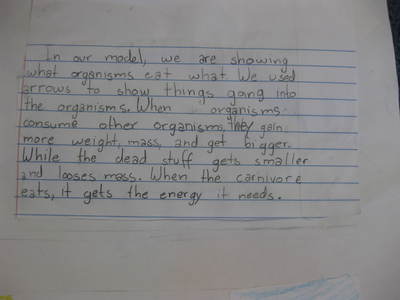
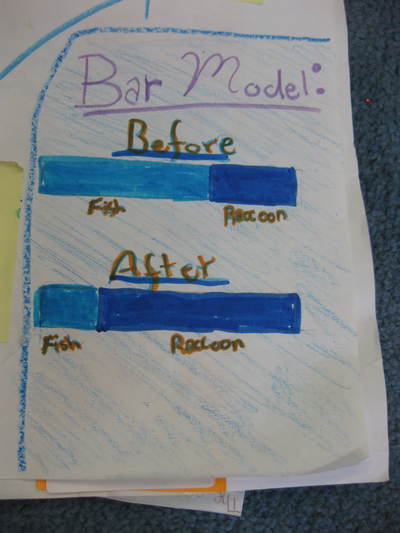
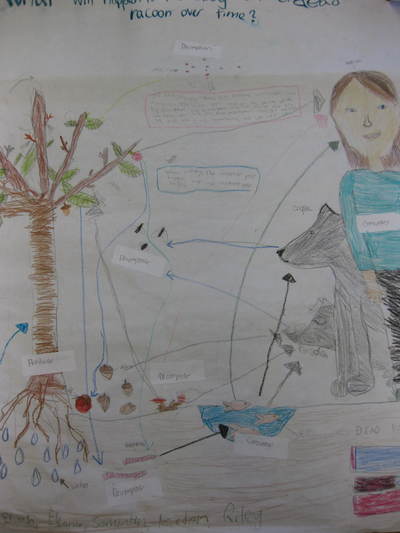
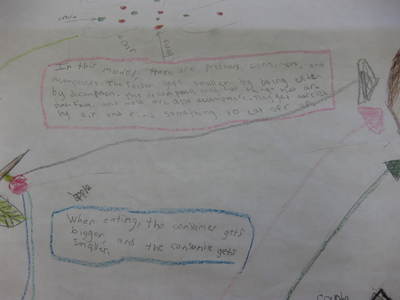
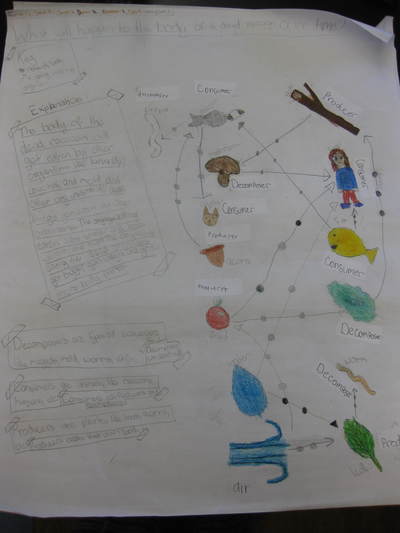
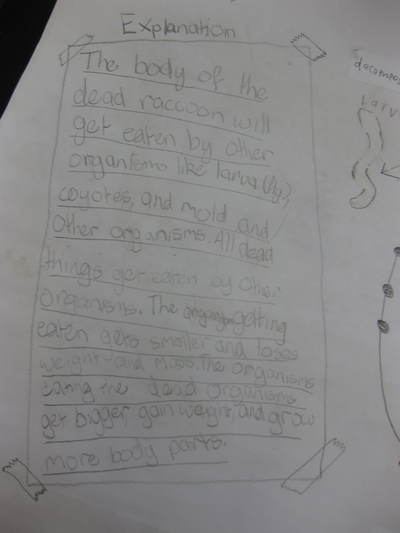
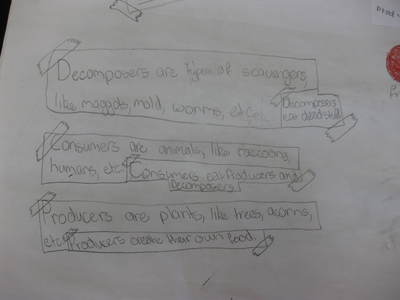
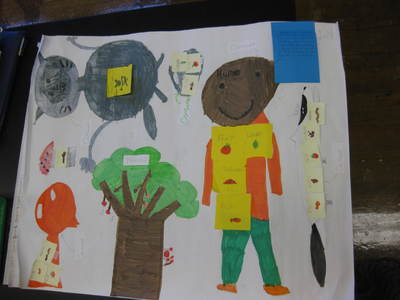
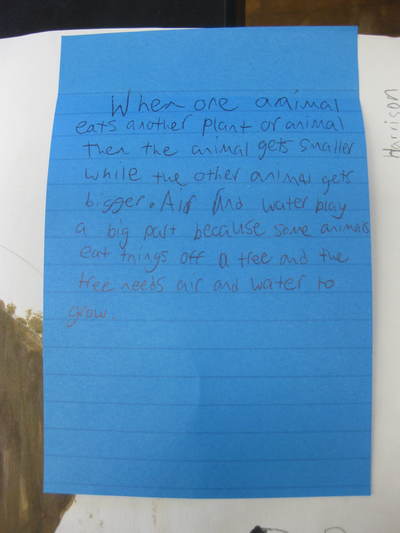
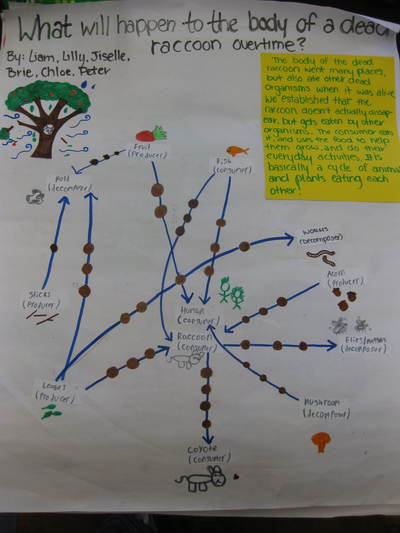
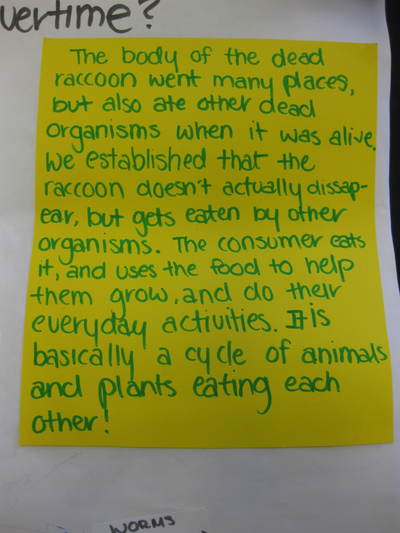
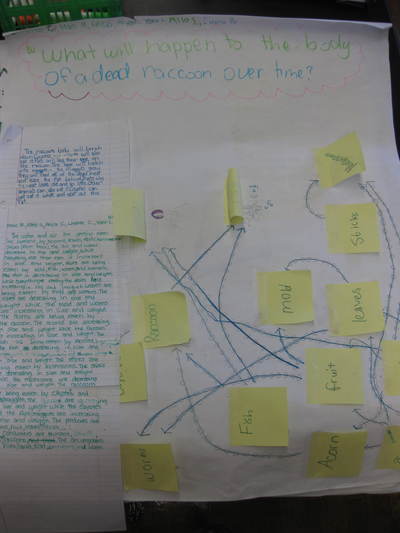
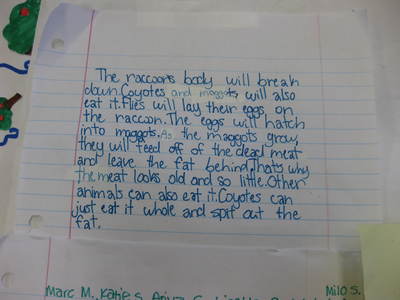
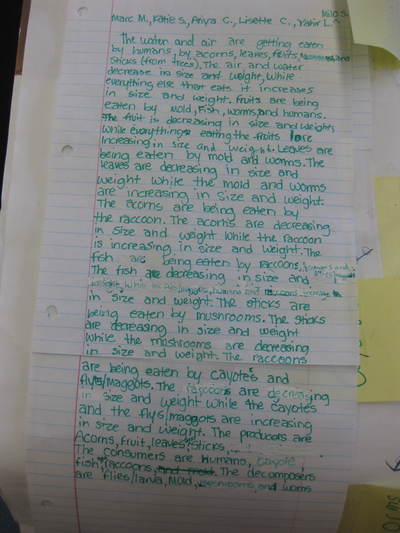
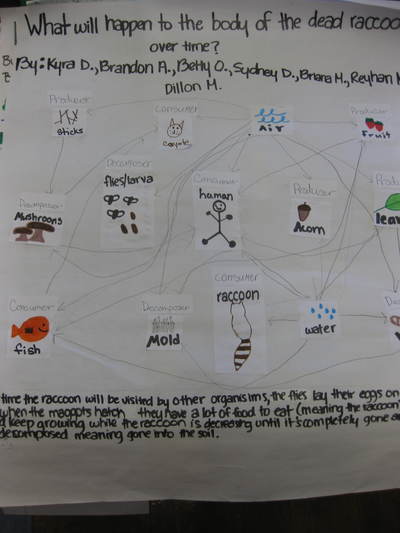
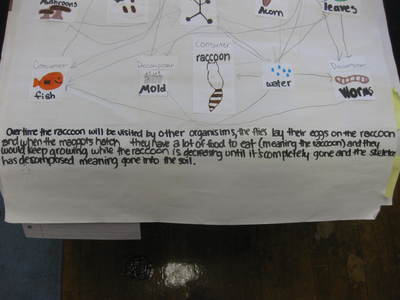
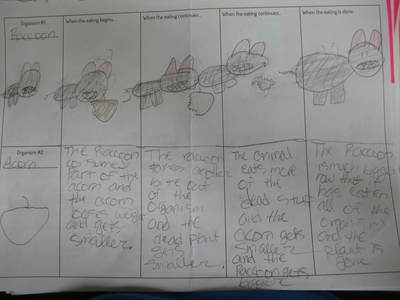
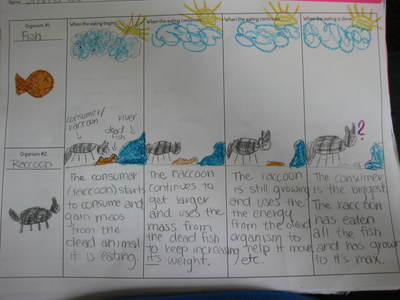
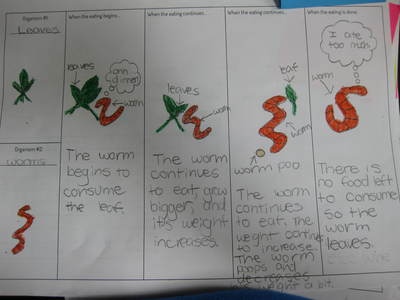
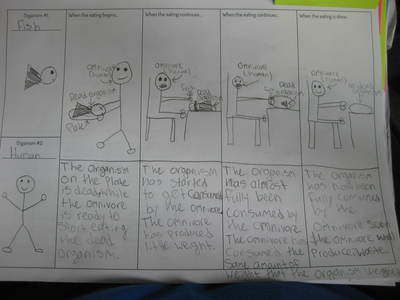
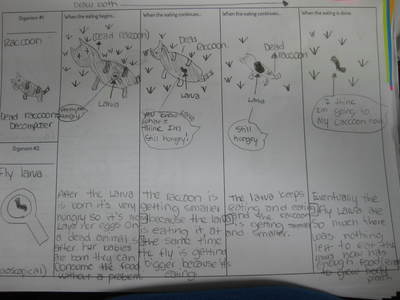
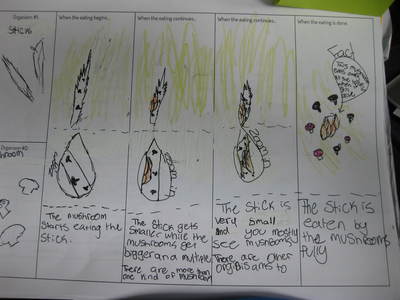
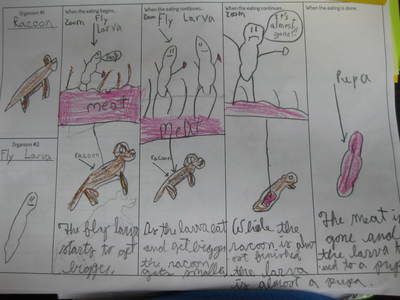
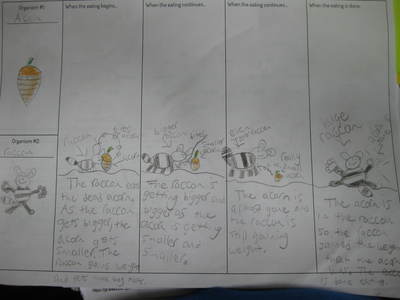
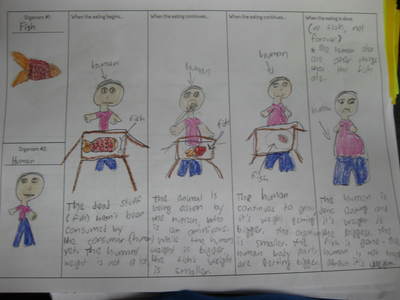
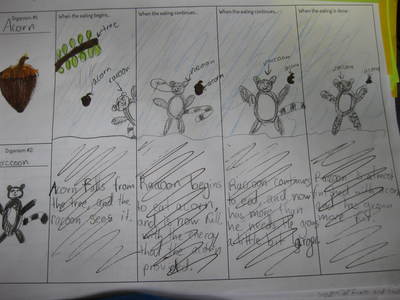
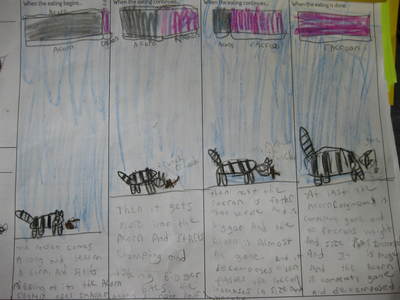
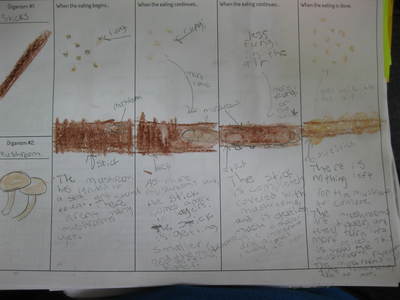
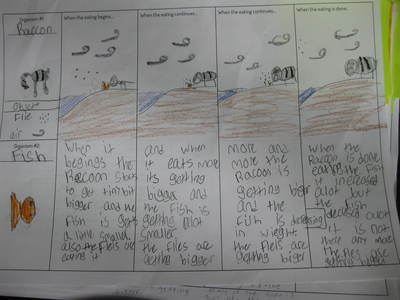
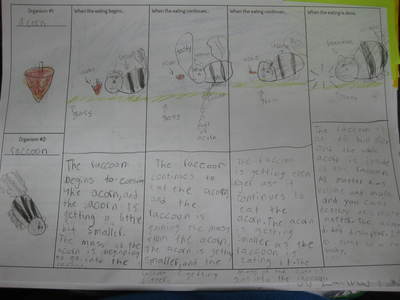
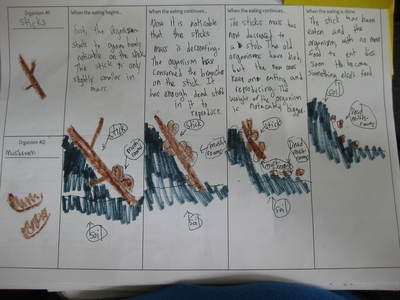
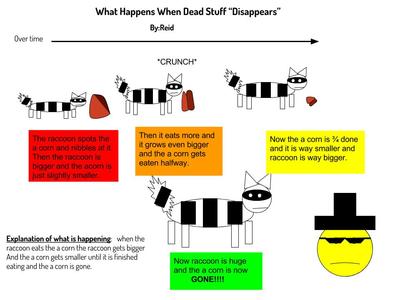
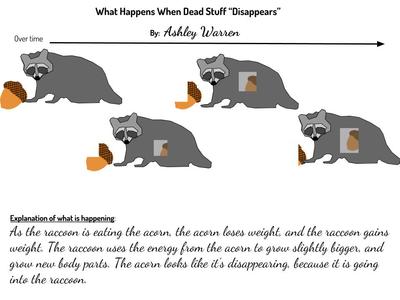
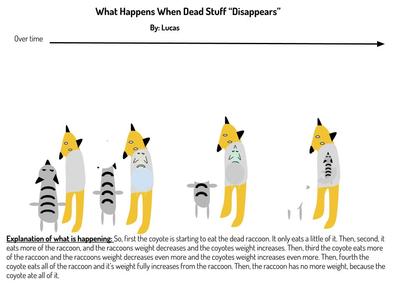
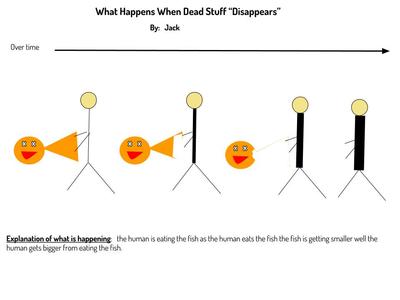
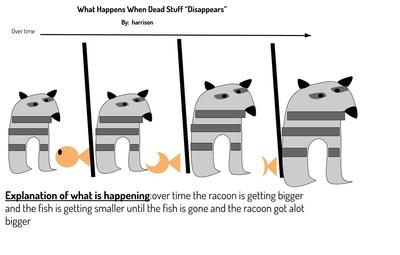
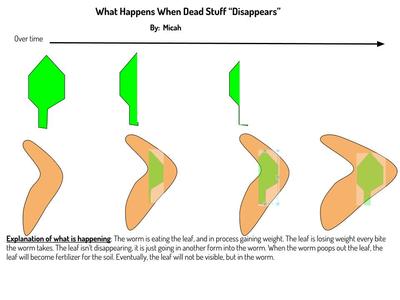
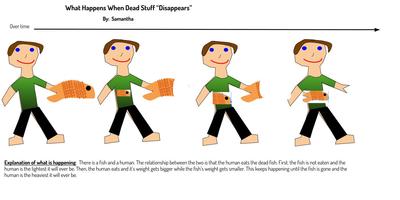
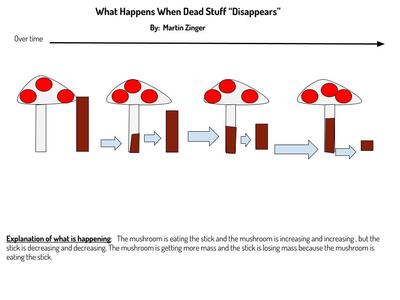
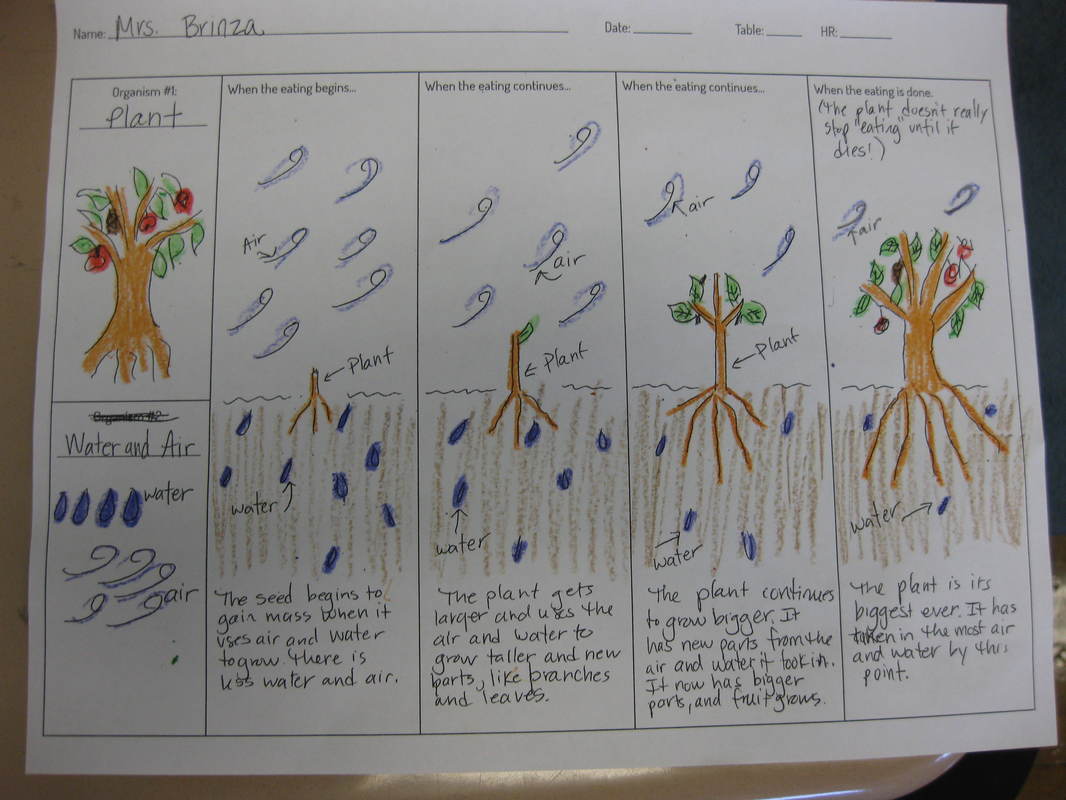
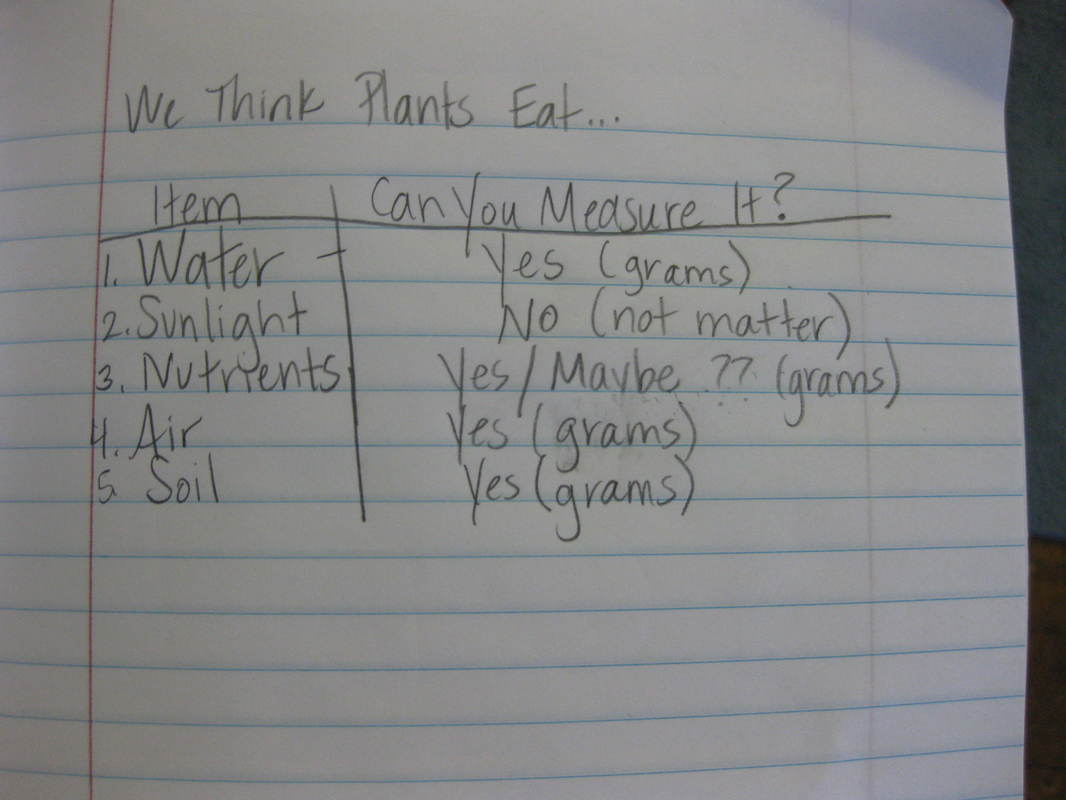
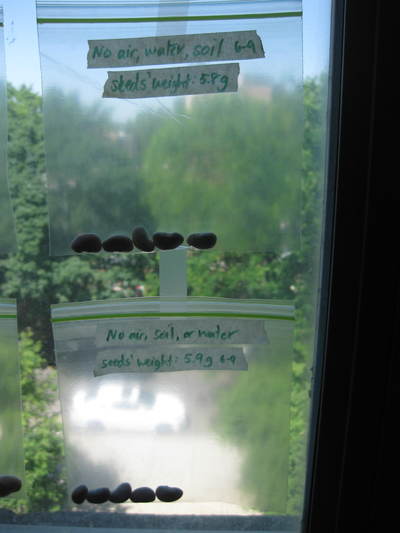
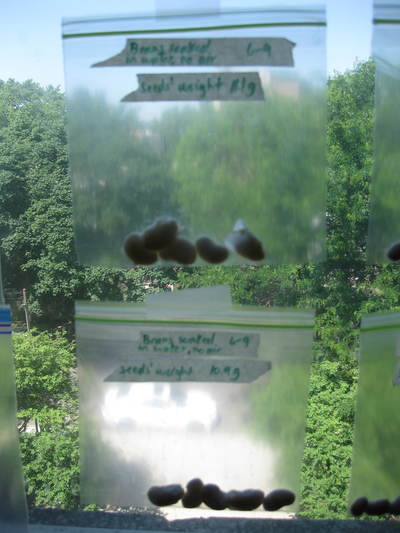
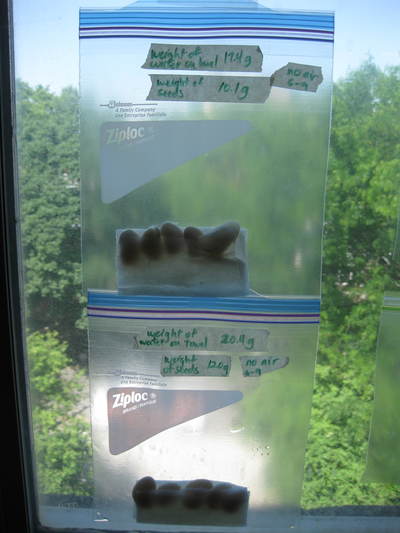
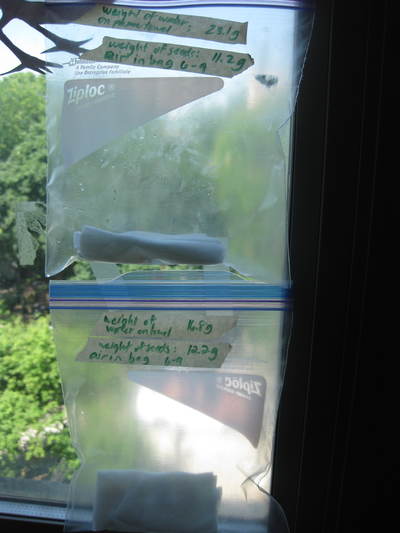
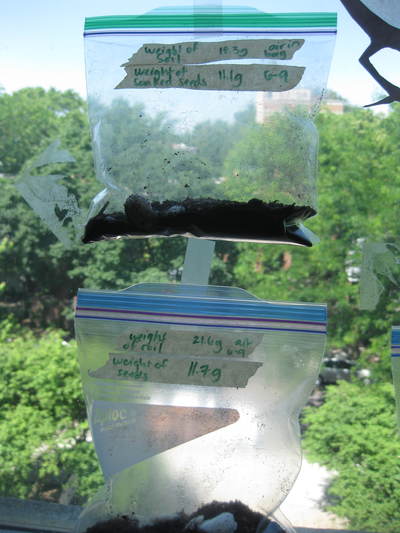
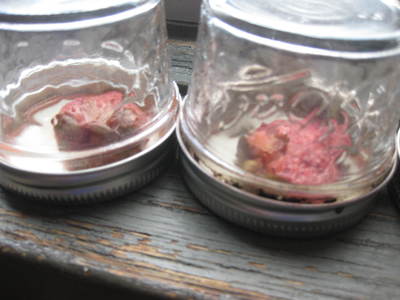
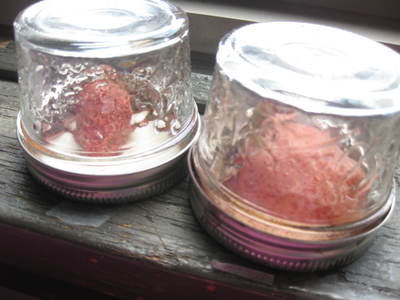
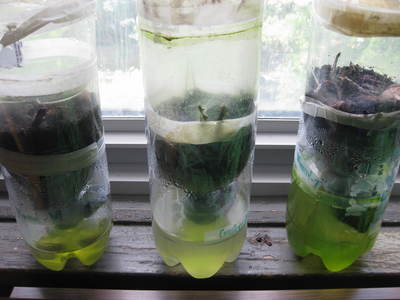
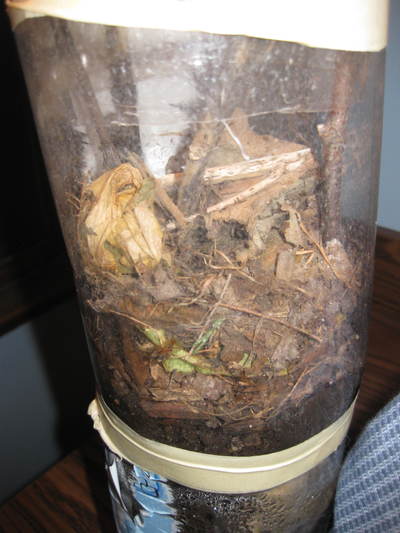
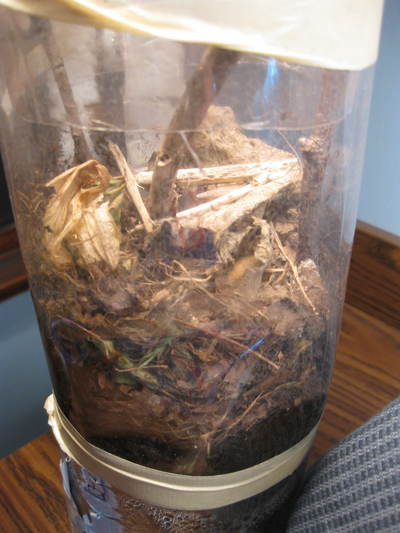
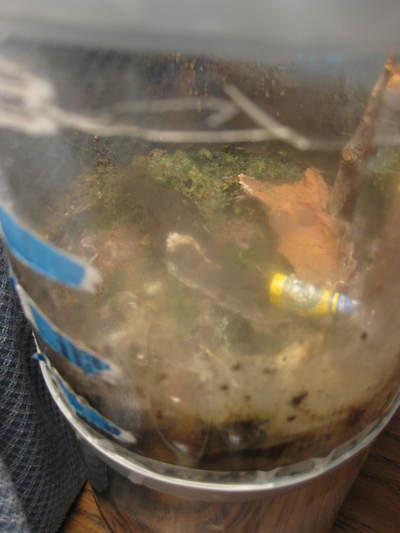
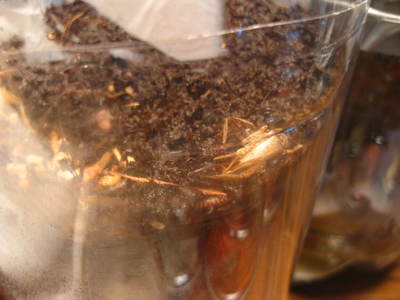
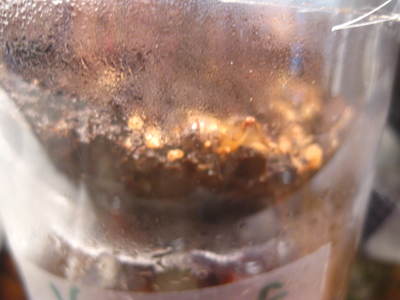
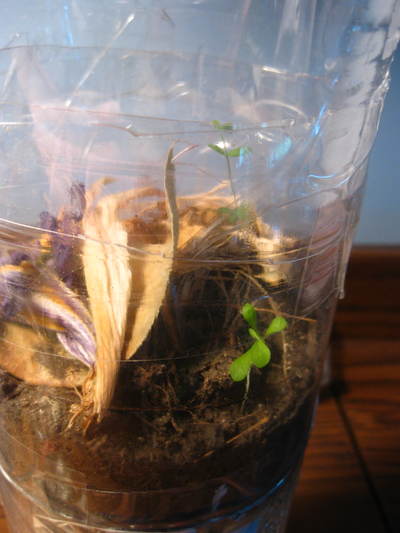
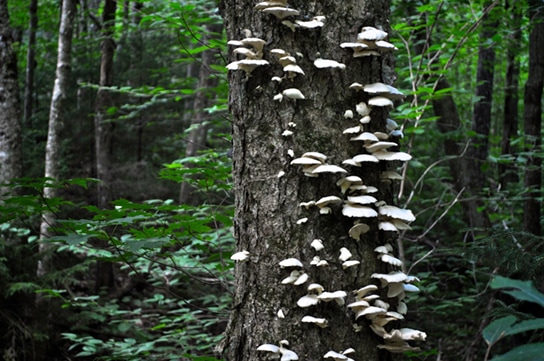
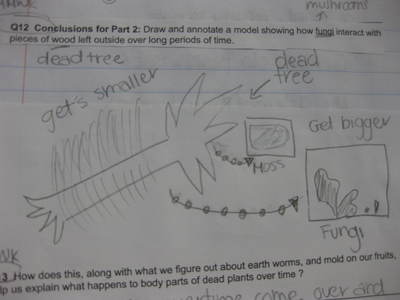
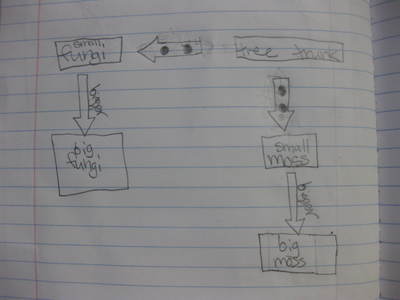
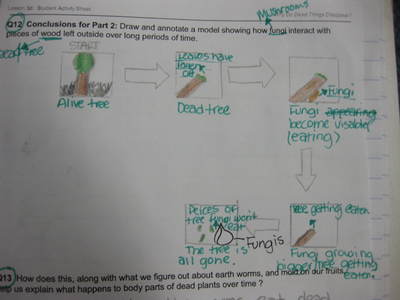
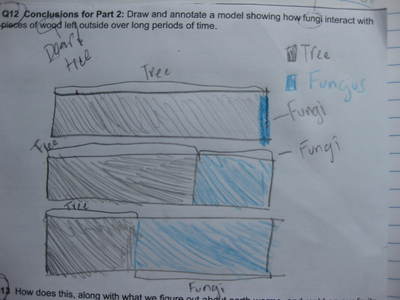
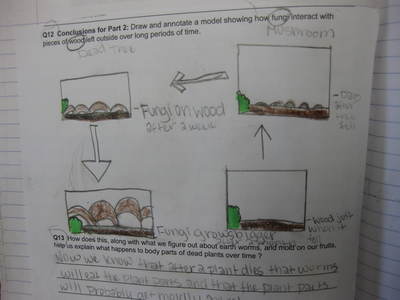
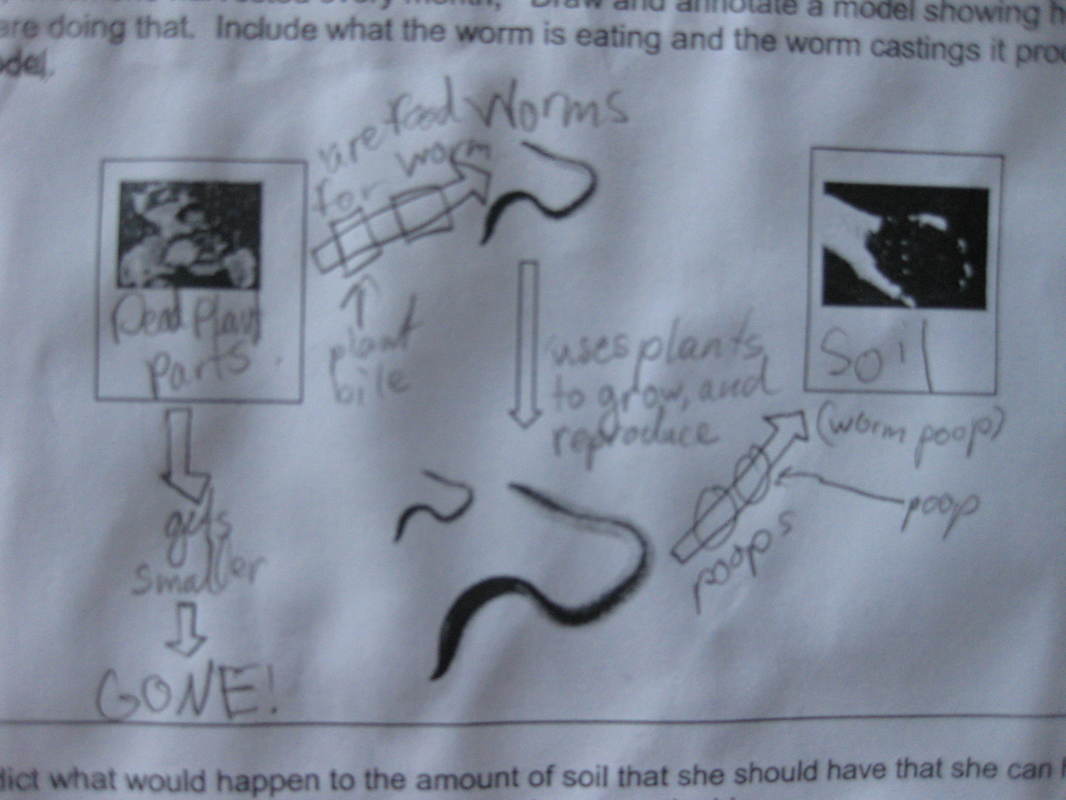
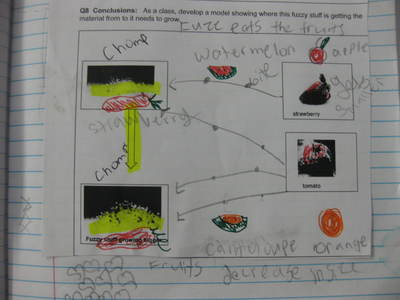
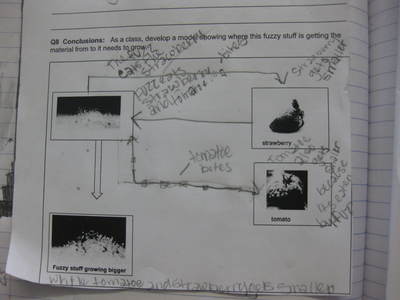
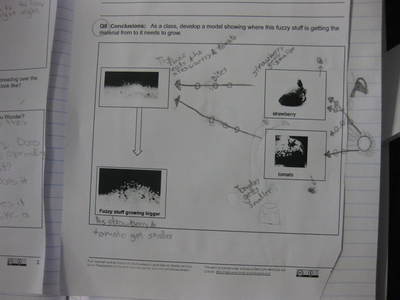
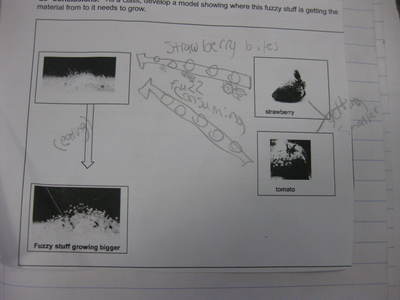
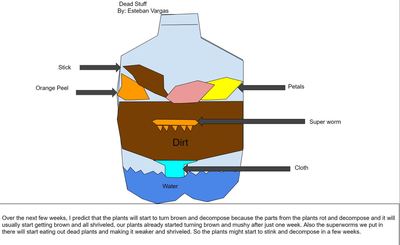
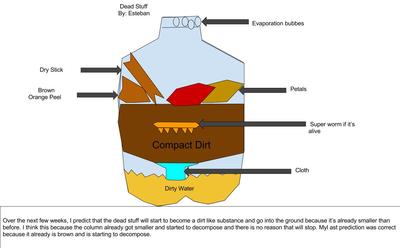
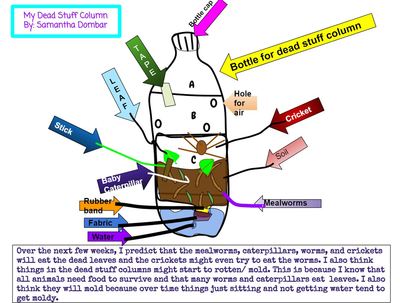
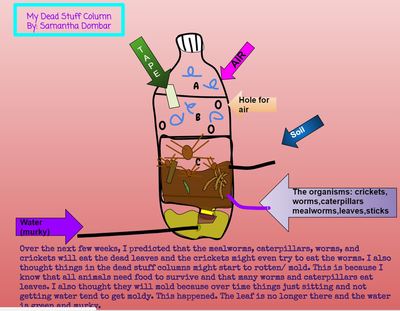
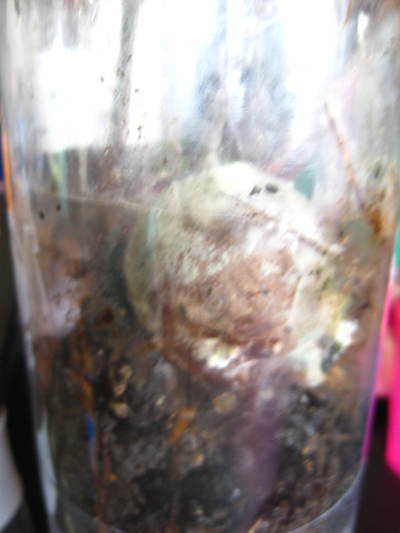
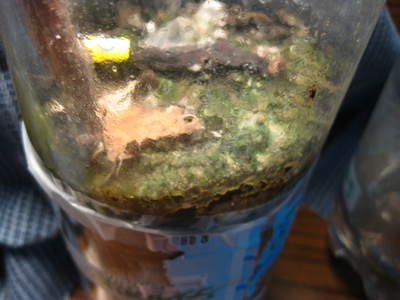


 RSS Feed
RSS Feed